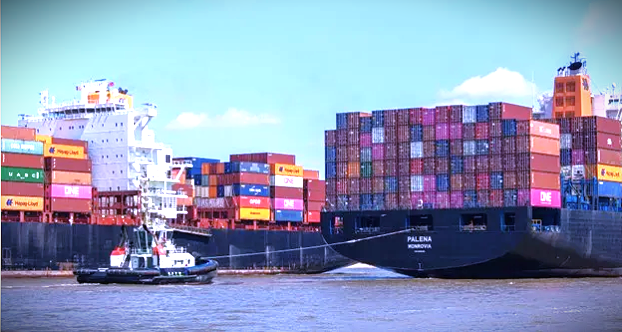Global shipping operations are once again experiencing turbulence, as labor unrest, logistical bottlenecks, and increasing freight rates place renewed stress on international trade routes. From major U.S. ports to key shipping hubs in Asia and Europe, companies and consumers alike are feeling the impact of delayed deliveries and rising costs.
This latest wave of shipping disruptions comes as the global economy continues its recovery from the pandemic-era supply chain crisis. According to the World Shipping Council, container traffic has increased sharply in recent months, driven by rising consumer demand, a rebound in manufacturing, and seasonal restocking efforts. However, many ports are still operating below full capacity due to labor shortages and ongoing backlogs.
At the Port of Los Angeles, one of the busiest shipping terminals in North America, vessel wait times have doubled since February. “We are seeing increased congestion both at sea and on land,” said Gene Seroka, Executive Director of the Port of LA. “With limited space and staffing, even minor surges in shipping volumes can cause significant delays.”
Shipping carriers are also grappling with rising operational costs, including fuel, container handling, and insurance. The Drewry World Container Index, which tracks average shipping prices globally, recently reported a 12% hike in ocean freight rates, signaling more expensive logistics for businesses relying on global trade. Small and mid-sized companies, in particular, are feeling the financial squeeze as they struggle to absorb these shipping expenses without passing the cost on to consumers.
Further complicating the situation are geopolitical tensions in the Red Sea and heightened inspection protocols at several European ports. These factors have not only lengthened transit times but also prompted some carriers to reroute vessels, adding thousands of miles and multiple days to standard shipping schedules.
Online retailers are urging customers to shop earlier than usual and expect potential delivery delays, especially heading into the summer and fall sales periods. “We’re being transparent about shipping windows and proactively adjusting inventory strategies,” said Megan Li, logistics director at a popular DTC e-commerce brand. “It’s a balancing act between customer expectations and shipping realities.”
As global shipping networks work to adapt, experts warn that stability may remain elusive well into the next year. While some relief could come from infrastructure investments and supply chain digitization, persistent labor issues and volatile fuel markets may keep the shipping industry under pressure. For now, consumers and businesses alike are being asked to plan ahead, stay flexible, and brace for a new normal in global logistics.






